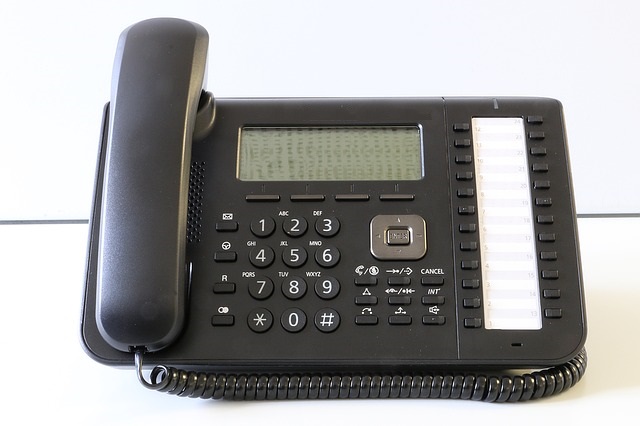Digital Communication Devices (VoIP)

Telephone digital device testing includes performance tests for narrowband and wideband handset, handset, speakerphone telephones/peripherals. Additional performance requirements are provided for cordless, Caller-ID and Environmental considerations.
- Soft client USB peripherals:
- Headsets
- Handsets
- Speakerphones
- VoIP telephones and speakerphones
- Handset (TIA-920.110 narrowband and wideband, ES 202 737 narrowband & ES 202 739 wideband)
- Receive
- Send
- Sidetone
- Echo path
- Speakerphones (TIA-920.120 narrowband and wideband, ES 202 739 narrowband & ES 202 740 wideband)
- Receive
- Send
- Echo path
- Headset (TIA-920.130 narrowband and wideband, ES 202 737 narrowband & ES 202 739 wideband)
- Receive
- Send
- Sidetone
- Echo path
- Conversational Gain (TIA-4965)
- Handset acoustic output gain
- Conference Speakerphone
- Conference Speakerphone (TIA-470.123)
- Speakerphones switching (based on IEEE-1329)
- Additional Test Procedures
- Send quality with background noise
- Speech quality using ITU-T P.863 (POLQA)
- Doubletalk
- Echo Control Characteristics
- Perpendicular (Axial) orientation testing
- Transverse (Radial) orientation testing
- Measuring performance of:
- Field Intensity
- Frequency Response
- Distortion
- Noise
- Signal-to-Noise ratio
- RF Range (TIA-470.310-D)
- Simulated Range testing procedures
- Field range testing procedures
- Cordless Features (TIA-470.320-C)
- Talk-time and Standby-time
- Multi-handset
- Indicators (low battery, out of range)
- Battery Charging Analysis (AST Custom)
- Initial Charge Profile
- Talk Times
- Near Field
- Far Field
- Discharged (Dead) Battery Charge Profile
- Stand-by Times
- Hookswitch Timing (Disconnect and Flash)
- Call Progress Signals Generation (Call state and RFC 2833)
- Acoustic Ringer Performance
- DTMF and Call Set-up Processing
- Caller-ID Reception and Display
- Device Response Timing to User Inputs Performance